Panicked, frantic breaths echo in our ears as condensation collects on the lens and fogs our view of a race through the woods, our protagonist stumbling through the leaves in terror. Do you remember the first time you witnessed a Found Footage flick that scared the living daylights out of you? If so, it was probably The Blair Witch Project, which delivered a whole new brand of terror to theaters on Friday, July 30th, 1999.
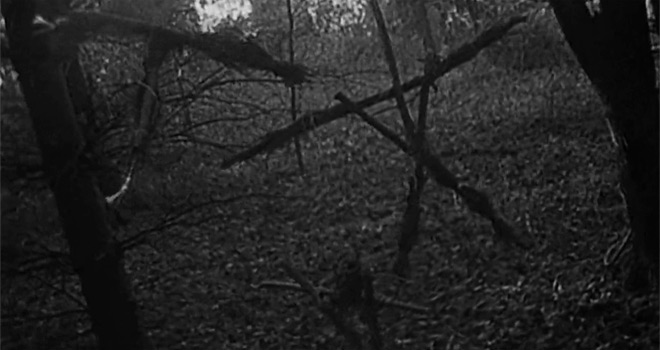
We knew it was a movie, but Daniel Myrick (Solstice 2008, The Objective 2008) and Eduardo Sánchez’s (V/H/S/2 2013, Supernatural series) The Blair Witch Project purported itself to be discovered footage, or what would come to be known as “found footage.” At the time of its release, the film was arguably one of the very first instances of this new technique in the Horror community. Okay, sure, there are a handful of less commercially successful films that predate The Blair Witch Project (1980’s Cannibal Holocaust being a prime example), but most critics and fans would agree that The Blair Witch Project popularized the sub-genre and made it what it is today.
All groaning about Found Footage aside, in the summer of 1999, a little movie set in the woods of Burkittsville, Maryland, would blaze a trail out of nowhere to turn the Horror genre on its head. Its stars—Heather Donahue (Seven and a Match 2001, Taken mini-series), Joshua Leonard (If I Stay 2014, Togetherness series), and Michael C. Williams (Altered 2006, The Objective 2008)—all made their feature acting debuts in the film. The story here is simple: in 1994, three film students researching the local legend of the Blair Witch hike into the forest and disappear. Their equipment and subsequent footage is recovered, and voila! This found footage is exactly what the viewer is seeing on the big screen.
Twenty years ago, this was a monumentally unique idea, and the film’s media and marketing were brilliant. Before its debut at the 1999 Sundance Film Festival, “missing” and “deceased” posters were circulated of the actors, bolstering the authenticity of what audiences were about to witness. Even after purchasing the movie’s distribution rights, Artisan Entertainment stuck with this theme, and before its theatrical release in July, TV commercials advertised the movie as real-life events. This raised eyebrows and piqued curiosity among audiences: was this a terrifyingly real documentary or was this a brilliantly-marketed Horror flick?
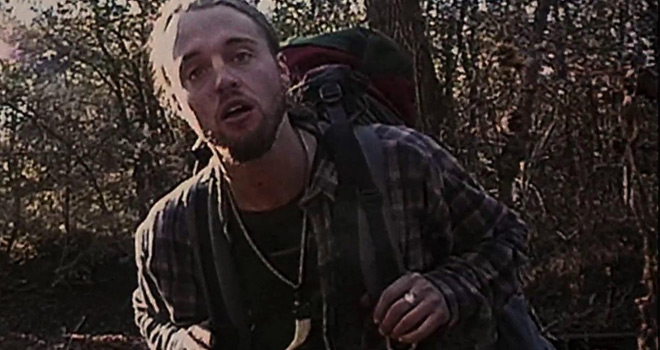
The Blair Witch Project made its official debut at the 1999 Sundance Film Festival in January, the success of which paved the way for a limited theatrical release on Wednesday, July 14th, 1999. Much thanks to its surprising, snowballing success, The Blair Witch Project exploded into a full, national theatrical release on Friday, July 30th, and by its third weekend, had surpassed the Sci-Fi hit Deep Blue Sea to take the No. 2 slot. In its fourth weekend, it surpassed The Sixth Sense to maintain its No. 2 status, and it wasn’t until its tenth week in national theaters that it finally exited the Top 10 with grace. All done and said, The Blair Witch Project was the 10th highest-grossing film in the United States in 1999—and it was made on a $60,000 budget.
Despite being one of the most successful independent films of all time, the film polarized audiences. Critical reviews were largely positive, though audience reactions were split: some did not appreciate this new found footage approach to film-making, particularly its wobbly hand-held camera angles which inspired motion sickness in some. Many others were uncertain how to process the film’s somewhat ambiguous ending; it was eerie, that was for sure, but it was not entirely conclusive. In fact, the film’s cast and crew shot four alternate endings with the initial intent to alter this conclusion; however, test audiences seemed to embrace the bizarrely ambiguous original ending.
Whatever the case, shooting the film was obviously no picnic in the woods for its actors, and all reports suggest that Heather, Michael, and Joshua were challenged physically and emotionally. Given loose scripting of events and set free in the woods with a Hi8 camera that they barely knew how to work, the trio oftentimes did not know how their day would unfold. They were told that the legend of the Blair Witch was, in fact, real, and the threesome believed that the film was based on this legitimate local lore.
Agreeing to stay in character throughout this entire adventure, the group got lost several times—which only made their frustrated reactions more realistic on film. Heather and Joshua developed an antagonistic relationship, and there were moments where he and Michael ganged up on their female co-star. This was an organic tension, but to guarantee continued strain on the group, the filmmakers intentionally diminished their food supplies. In truth, the filming of The Blair Witch Project was like the ultimate LARP experience: the surprises were many, and the actors’ reactions were rarely scripted; there was no rehearsal for this chaos in the forest.
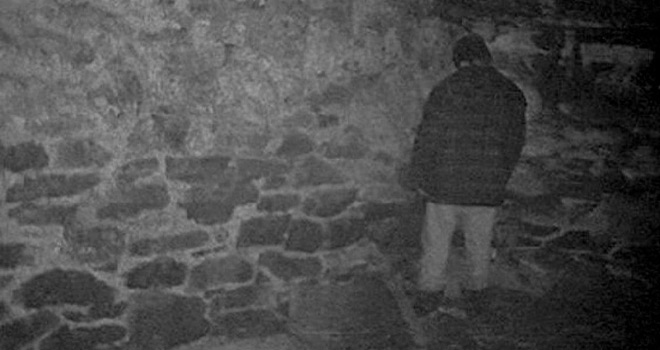
As with all cult classic films, The Blair Witch Project is not without its conspiracy theories. Some still believe it is, indeed, based on a true story, while others shun any paranormal explanations and instead turn towards murderous intentions—within the group and/or the local community. Whatever your interpretation of or opinion about The Blair Witch Project, its pop culture significance is undeniable, and the film has gone on to inspire two sequels, 2000’s Book of Shadows: Blair Witch 2 and 2016’s Blair Witch, along with novels, comic books, and video games.
Perhaps most importantly, without The Blair Witch Project there would be no Paranormal Activity franchise, no Cloverfield. For better or for worse, consider what the scope of Horror would look like today without the Found Footage offering. So, whether you love The Blair Witch Project or simply shrug your shoulders at its mention, one thing is clear: the film has made a lasting impact on cinema, especially the Horror genre. With twenty years of unscripted screams beneath its belt, there’s no better time than the present to head back into the woods for one scream!
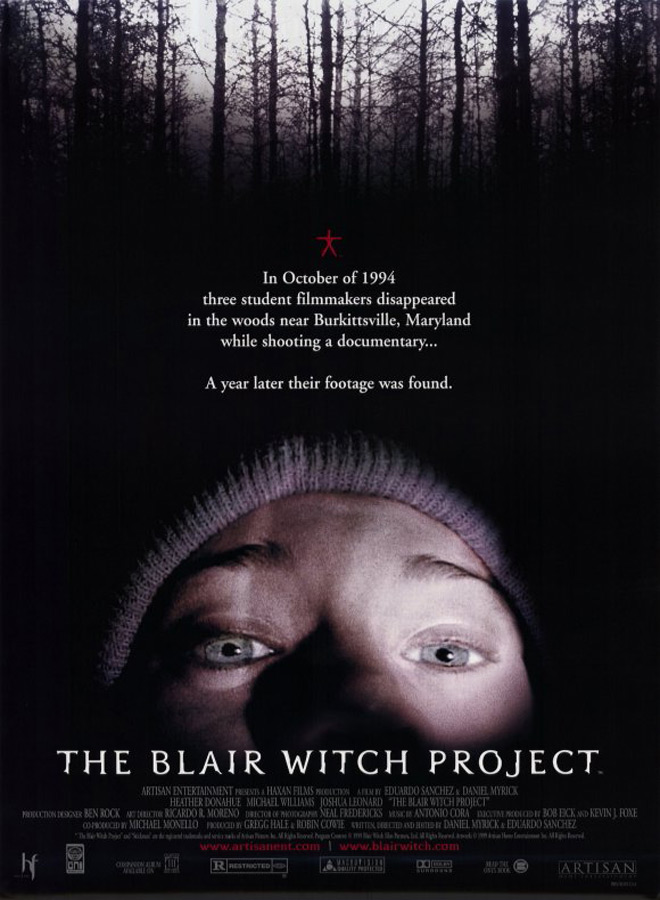
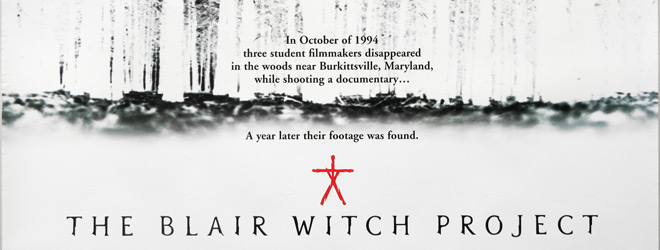




No comment